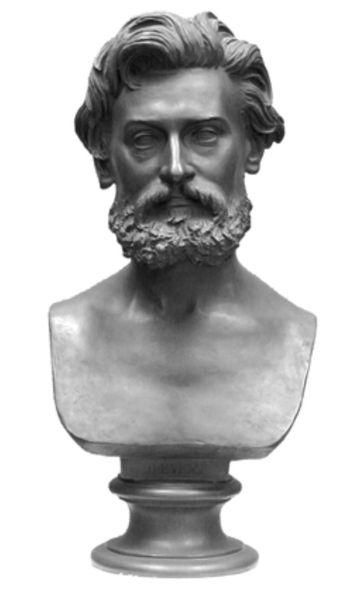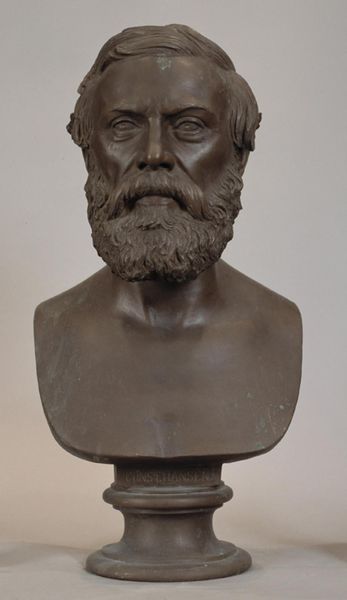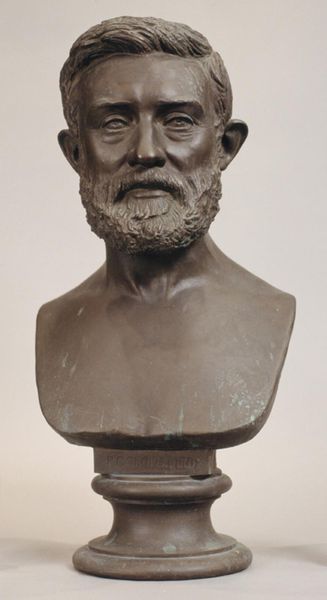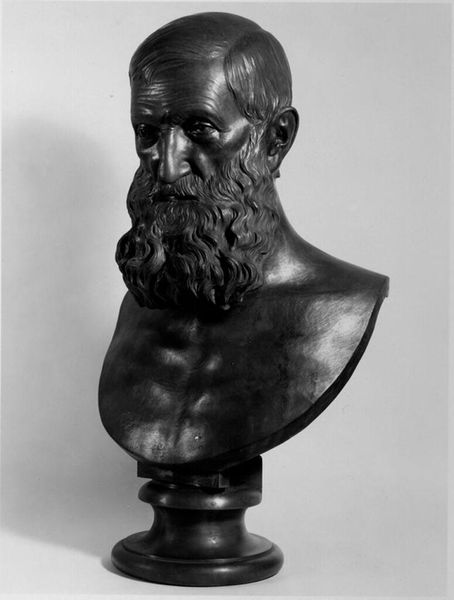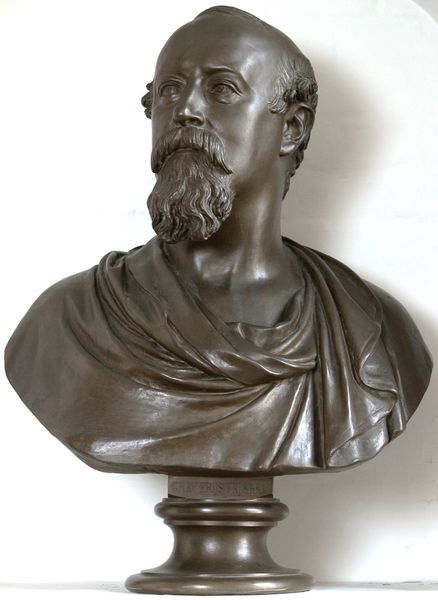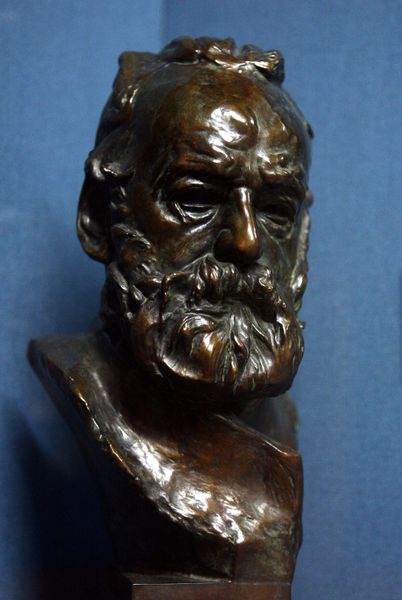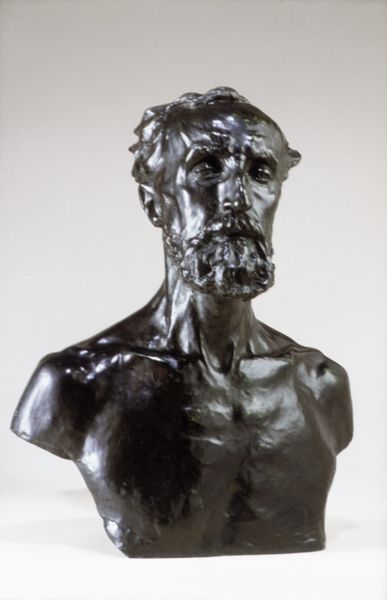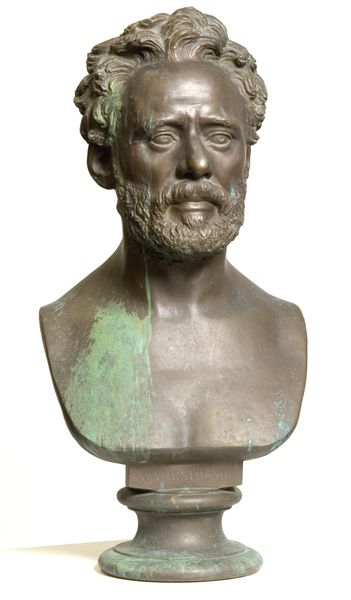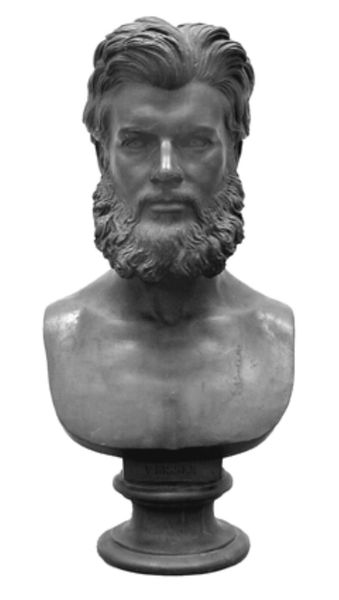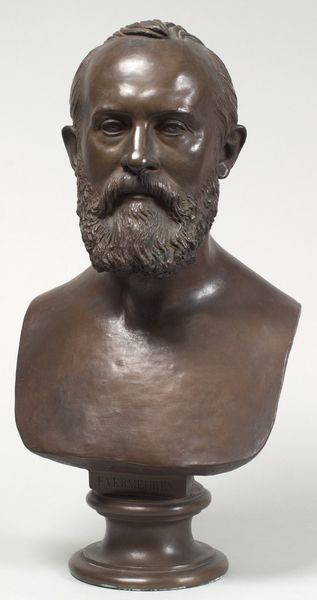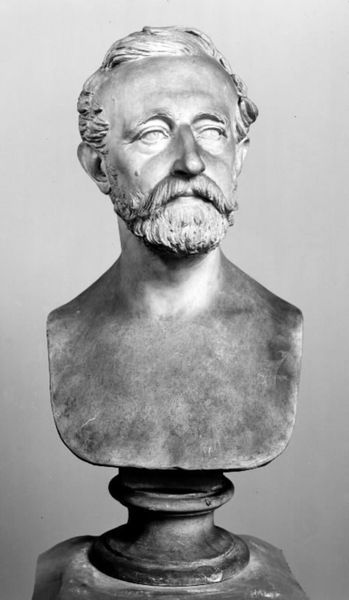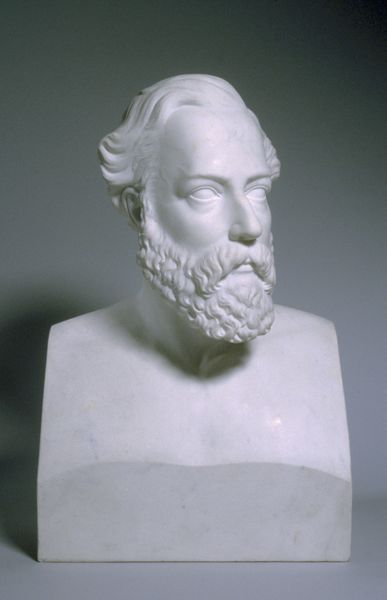
Copyright: Public domain
Auguste Rodin conceived "Man with a Broken Nose" initially in 1863 from clay. At first glance, it appears as a straightforward portrait, but the broken nose carries profound symbolic weight. The broken nose, a mark of imperfection, echoes the ancient concept of the "heroic flaw," seen in classical sculptures and myths. Consider Oedipus, whose physical ailments mirror his tragic fate. This disfigurement transcends mere physical damage; it becomes a symbol of vulnerability and the human condition. The motif of the broken nose recurs throughout history, signifying resilience and defiance. It is found in depictions of warriors and survivors, each bearing the mark of battle or hardship. It engages viewers on a primal level, evoking empathy and recognition of shared suffering. Thus, the broken nose evolves, becomes a powerful emblem that reminds us of our own capacity for endurance, constantly recurring in the theater of human experience.
Comments
No comments
Be the first to comment and join the conversation on the ultimate creative platform.

